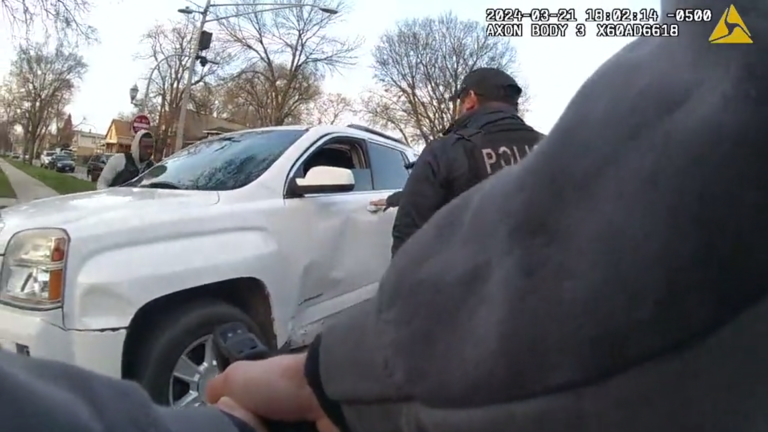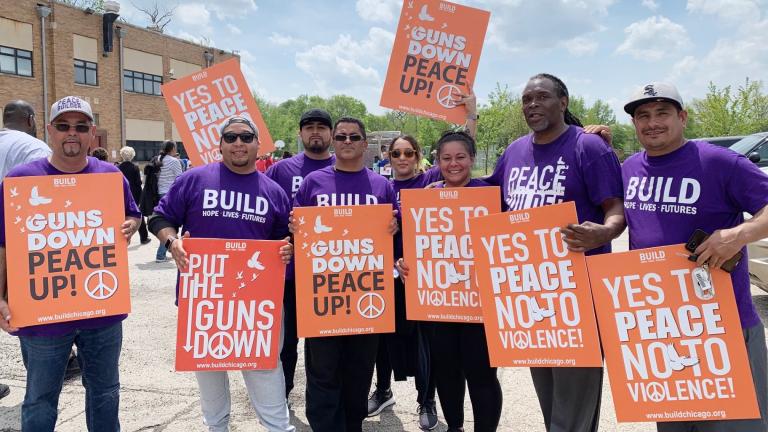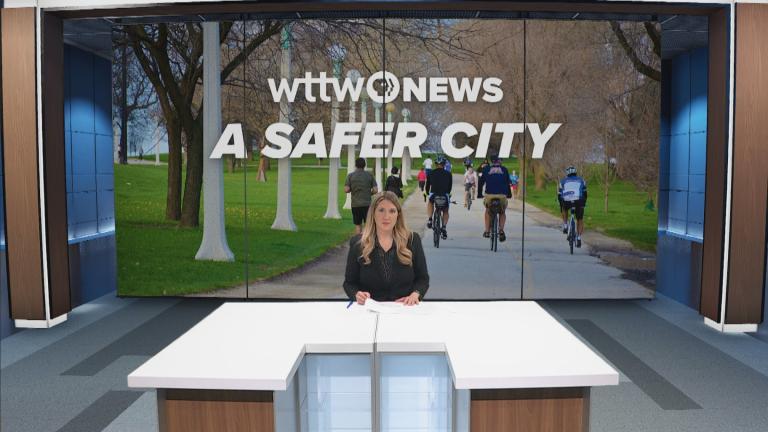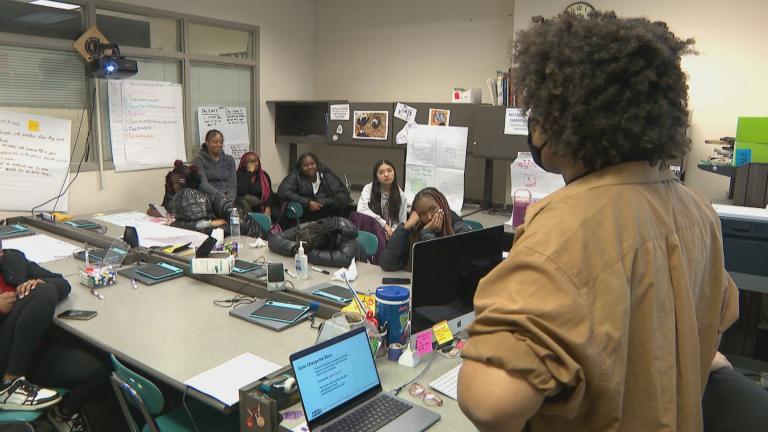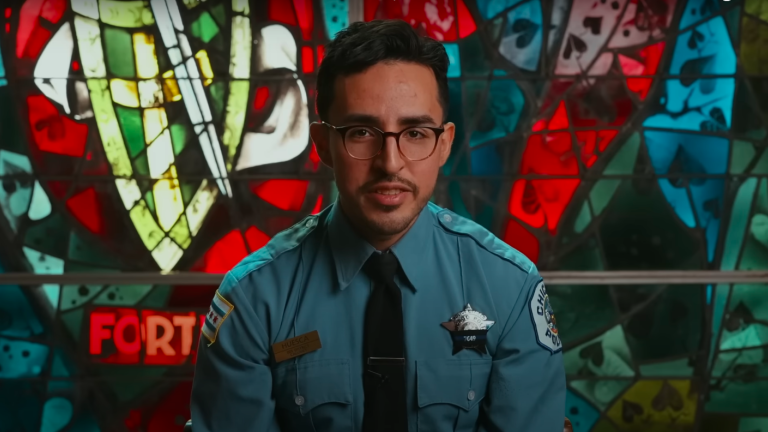Chicago is a city of neighborhoods, and that’s also the place where a feeling of safety starts. Or, in many cases, doesn’t start.
Neighborhood development and transit options are one way to make neighborhoods more livable, local advocates say. That’s why a coalition of organizations, artists, authors and developers are all working to advance the goal of equitable transit-oriented development, or ETOD.
“ETOD is important because even if you do have the ability to traverse about the city without any problem, that’s not the case for everyone,” said Jannice Newson, coordinator for Elevated Chicago. “A lot of people rely on public transit, and getting from place to place is difficult. So why not make it the case where you can live and work in your own community and you can access things easily near your train station or near your bus stop.”
Since 2017, Elevated Chicago has worked to make the city more accessible with a method it calls “How walkable is your neighborhood?” That questions is posed in a series of videos on the group’s TikTok account.
“Not just having a sidewalk that you can walk on, but what do you see in the neighborhood? Are you walking past vacant lots? Do you feel safe, is there lighting? Are there amenities you can interact with? All that goes with walkability” Newson says.
In one part of the city, someone make walk by bars, homes, and dog groomers while in other neighborhoods you can go blocks without seeing anything, Newson said.
“It’s not fair that there has to be this inequity. But if we do want to bring that development, we need to have community engagement at the forefront. You can’t just show up and say, ‘Well now we’re going to build all this stuff here because there is nothing there,” she said.
So what determines if a neighborhood is ETOD friendly and walkable?
Federal requirements for an area to be considered ETOD stated that developments should be within a half mile of a train station or within a quarter mile of high-frequency bus stops, Newson said.
“The equity part is the part that has been missing in a lot of development,” Newson said. “For example, Logan Square … one of the most prominent is the Lucy Gonzales Parsons Apartments. It’s 100 units with 100% affordable housing, they have a green roof there, a hop, skip and a jump away from the Logan Square Blue Line.”
That affordable housing development is just one of more than 40 projects that Elevated Chicago has worked on.
One upcoming project the organization has worked on is at 65th Street and Cottage Grove Ave. A vacant lot stands there now, but it is set to be transformed into the Definition Theatre.
It’s close to a train station, several bus stops and a few local eateries. But there is still a bit of sparseness to the block, which means the theater is just one step toward Woodlawn becoming a truly walkable neighborhood.
Follow Angel Idowu on Twitter: @angelidowu3
Angel Idowu is the JCS Fund of the DuPage Foundation Arts Correspondent.

